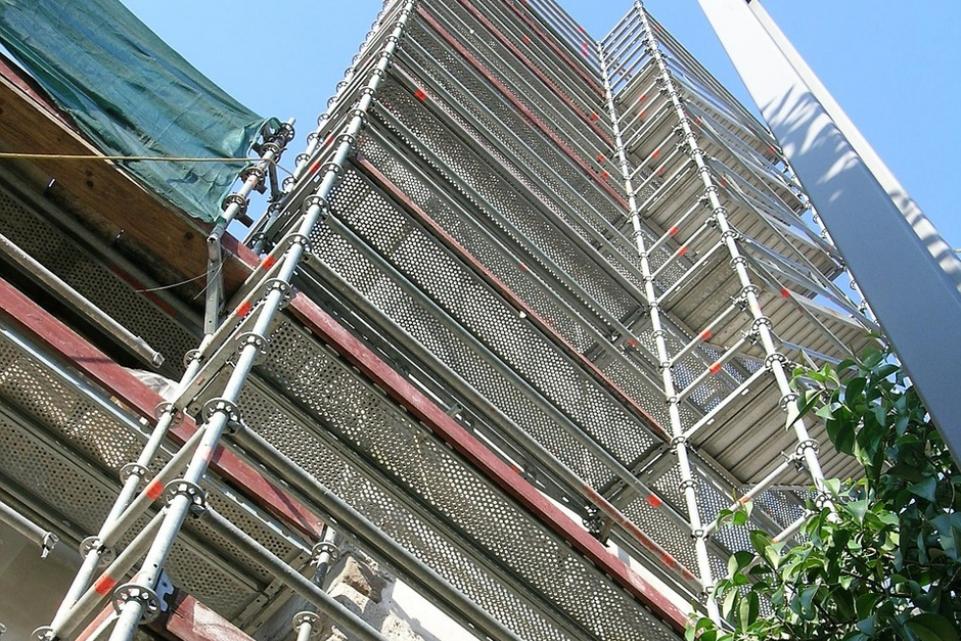This is for councils who are concerned about tower blocks in their areas, to share what we know currently in terms of factual information and Government advice.
This does not replace the need for local judgment of course, but aims to summarise recent and current guidance, and will be updated daily.
The Department for Communities and Local Government (CLG) have asked all councils to check any cladding on their tower blocks and if appropriate send it for testing. You can find their correspondence here.
Councils have a crucial role in engaging effectively with communities on these issues, both with council tenants and more widely, irrespective of who owns particular buildings. You might want to be aware of our draft advice note on which we would welcome comments.
Q: We believe we have cladding made of Aluminium Composite Material. What should we do now?
A: If you have not already, you should send samples to the Buildings Research Establishment (BRE) as a matter of urgency. Councils should ensure that they provide named officer contacts and 24 hr contact details when submitting material to BRE.
You may also want to review the insulation used in any cladding system as that could be a significant factor.
Size of ACM cladding sample that should be submitted to BRE for testing. Photo: DCLG
For any questions about the testing process for cladding please email [email protected].
Q: We have sent cladding for testing. What should we do now?
A: The Buildings Research Establishment is completing all tests within hours of delivery of samples. Please do not call them direct to chase progress - they have limited capacity and this will hamper their ability to progress testing. CLG are in close contact with them and will support them to increase capacity if needed.
Nevertheless, if you know you have tower blocks with cladding made of Aluminium Composite Material, do contact your local fire and rescue service. They will be able to assist you in carrying out a fire safety inspection of these tower blocks and will be able to advise on what remedial works might be required to make the building safe. We understand the aim will be to inspect with 48 hours but this will depend on demand for these specialist officers.
Q: Where are the samples from my area in the BRE process?
A: We are working with CLG to try and ensure information is made available as quickly as possible. If you have any questions about the advice on action which needs to be taken please contact [email protected]
Q: Why is there no evacuation in other areas that have had negative tests on cladding?
A: Each situation is different. Your Fire Service will work with you to advise on the specific risks in each building. Here are press notices from councils which have already set out why they are taking particular decisions – Birmingham, Islington, Portsmouth, Brent.
Q: There are no council-owned tower blocks in my area but some Housing Associations /
RSLs own property with similar cladding? What is happening?
A: DCLG wrote to all RSLs asking them to do similar checks to the councils who own housing stock. DCLG are aiming to share with councils a picture of all the returns on council and non-council blocks in their area early in the coming days. We have asked for that information to be in a format which makes it possible to check whether any properties are missing.
Q: Are there different management arrangements for different arms-length organisations?
A: Buildings managed by arms-length organisations are in two categories. For social housing, buildings managed by tenants through Tenant Management Organisations (TMOs) or Arms Length Management Organisations (ALMOs) remain the responsibility of the owner – the local authority. The authority will be responsible for ensuring the building is safe and will be conducting the checks. For private residential housing, tenants mean the leaseholders. Where leaseholders have exercised the Right to Manage their building, the freeholder (building owner) will remain responsible for the building and for safety. Where leaseholders have enfranchised, and have jointly bought the freehold of their building, they will be responsible for the building and for the appropriate safety measures.
Q: Should I be worried about the privately-owned tower blocks in my area? The council does not hold a record of all the high rise buildings in this area.
A: if any high rise buildings have cladding made of Aluminium Composite Material (ACM) they will need to be checked as well. Councils obviously have an interest in the overall safety and security of their area and have wider duties set out in the Housing Act 2004. Residential landlords in the private sector are also able to use the CLG testing facility through the Buildings Research Establishment. Councils should publicise this offer to local private landlords with buildings over 18 metres. The LGA has asked for councils to be made aware of all the testing information relating to their area so that they can take an overview of the situation locally.
Q: What about low rise buildings?
A: Buildings less than 18 metres tall are not subject to the same requirements in terms of cladding. However we will be working with the Government to take account of the learning from all this work in reviewing current regulations and requirements.
Q: What about schools, hospitals, student accommodation and other buildings?
A: The LGA is working with Government Departments to ensure any further guidance is well coordinated and proportionate. We have made the point that councils have a key role to play as leaders of place, as well as complex statutory responsibilities for particular functions. Mike Green, Director of Capital at the Education and Skills Funding Agency wrote to Directors of Children's Services on 23 June asking for a survey return to be submitted for each school that a council maintains - by close of play on Friday 30 June. The survey clarifies that councils do not need to include details of Voluntary Aided schools or academies in their returns. The Chief Executives of academy trusts and Dioceses have been written to separately.
The Cabinet Office and Department for Communities and Local Government have published a joint letter that sets out arrangements for public sector estate safety checks.
Schools, further education colleges and universities have been asked to carry out building checks following the Grenfell fire.
Q: Will the Government pay for the costs of all this?
A: The Government is clear that it is the Landlord’s responsibility to ensure their property is safe and complies with all relevant standards, but has signalled it will work with local authorities which have funding issues to see what support it could offer.Cost considerations are not central to Councils' immediate decision-making to keep people safe.
The LGA is working closely with Government and will seek appropriate support for councils who are working incredibly hard in the interests of their residents.
Q: If there is a need for evacuation, who can help?
A: Each council will have its own emergency planning arrangements in place. Organisations such as the Red Cross have also offered staffing for rest centres and practical and emotional support. If you do not already have a Red Cross contact, you can use their crisis response number 24 hours a day: 01159 658 558.
Q. What are building regulations and who checks that building works are in compliance with them?
A: We have prepared a briefing note which provides an overview of building regulations and building control.
Q. Is there guidance around the removal of cladding?
A: Following the events of Grenfell tower, HSE recognises the need to act quickly to remove cladding from high-rise buildings. Media interest in this unfolding story means that work to remove cladding is in the public eye, with pictures and videos of removal operations heavily featuring in the press. Contractors need to maintain normal safe practices while doing this urgent work including.
HSE would like to take this opportunity to remind those commissioning cladding removal and the contractors they employ of key guidance regarding work at height.
Additionally, guidance is available on Mobile Elevated Working Platforms (MEWPs) from the International Powered Access Federation (IPAF) and on mobile access towers from the Prefabricated Access Suppliers and Manufacturers Association (PASMA).


